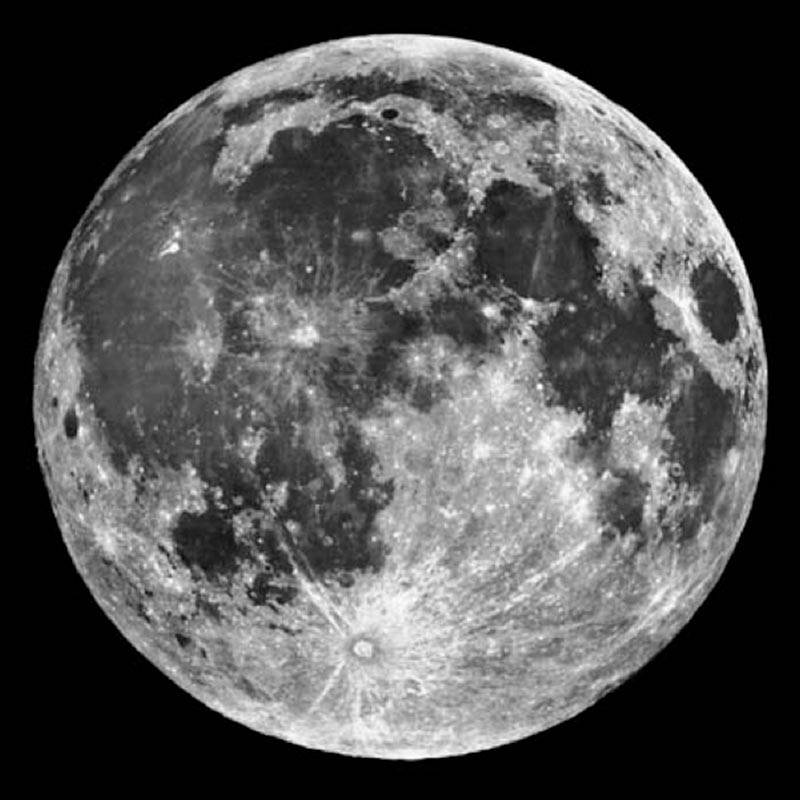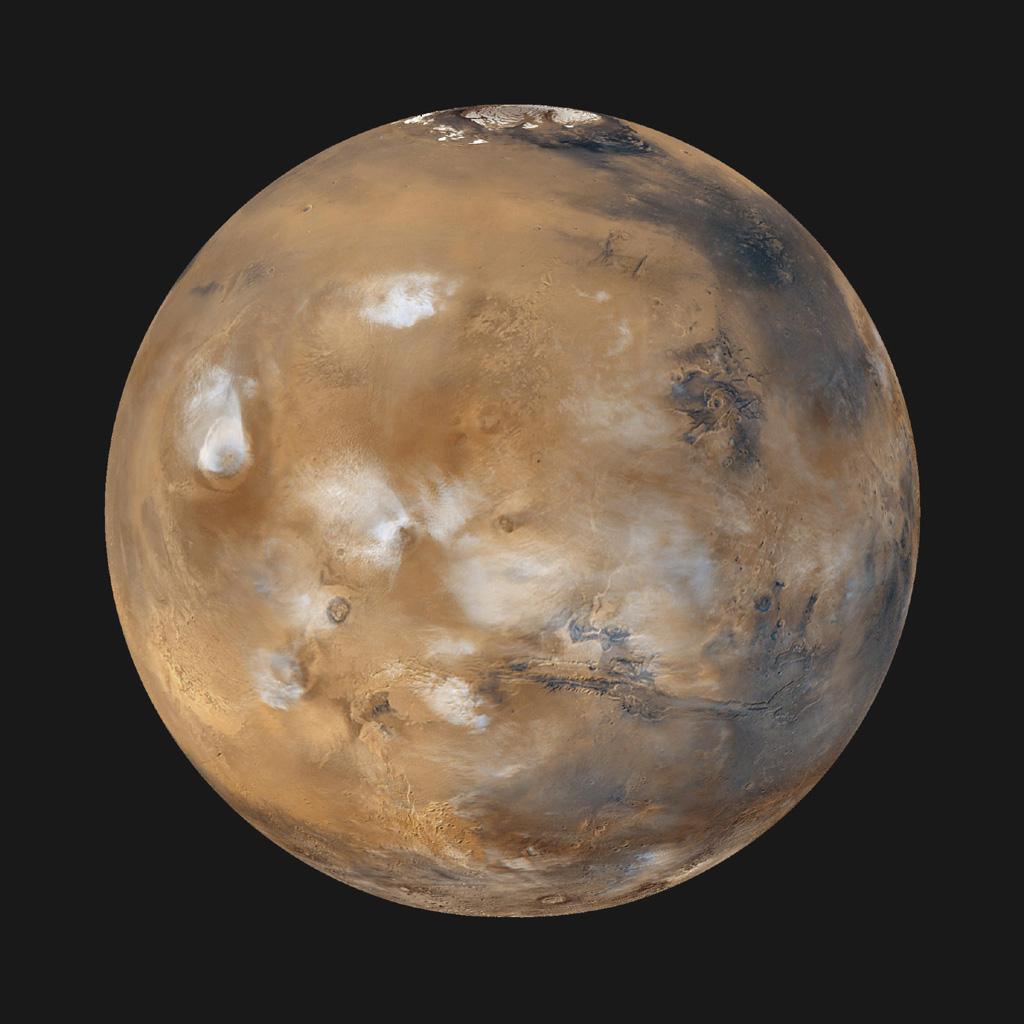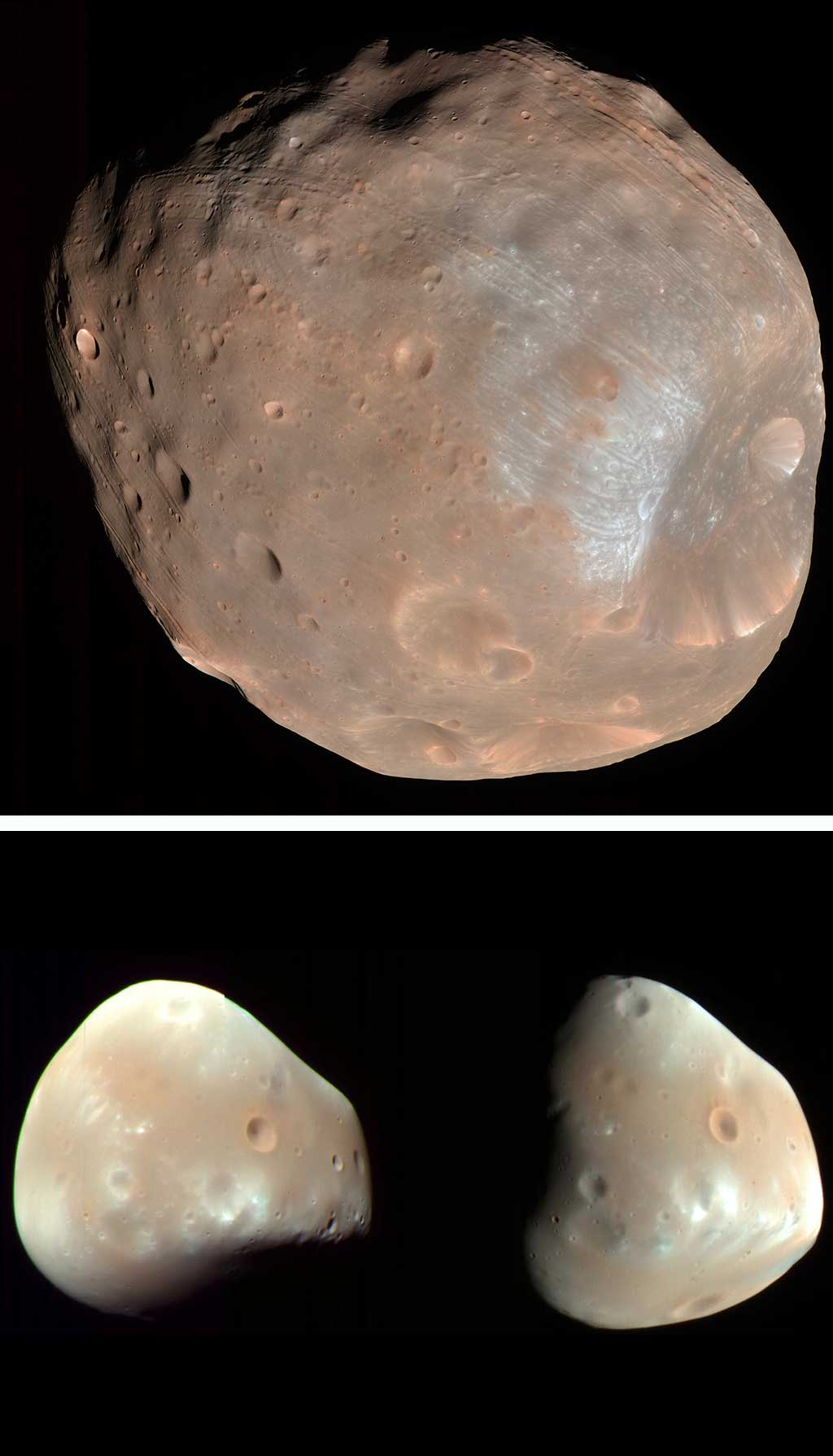7.5: Characteristics of the Solar System’s Rocky Planets
- Page ID
- 244269
\( \newcommand{\vecs}[1]{\overset { \scriptstyle \rightharpoonup} {\mathbf{#1}} } \) \( \newcommand{\vecd}[1]{\overset{-\!-\!\rightharpoonup}{\vphantom{a}\smash {#1}}} \)\(\newcommand{\id}{\mathrm{id}}\) \( \newcommand{\Span}{\mathrm{span}}\) \( \newcommand{\kernel}{\mathrm{null}\,}\) \( \newcommand{\range}{\mathrm{range}\,}\) \( \newcommand{\RealPart}{\mathrm{Re}}\) \( \newcommand{\ImaginaryPart}{\mathrm{Im}}\) \( \newcommand{\Argument}{\mathrm{Arg}}\) \( \newcommand{\norm}[1]{\| #1 \|}\) \( \newcommand{\inner}[2]{\langle #1, #2 \rangle}\) \( \newcommand{\Span}{\mathrm{span}}\) \(\newcommand{\id}{\mathrm{id}}\) \( \newcommand{\Span}{\mathrm{span}}\) \( \newcommand{\kernel}{\mathrm{null}\,}\) \( \newcommand{\range}{\mathrm{range}\,}\) \( \newcommand{\RealPart}{\mathrm{Re}}\) \( \newcommand{\ImaginaryPart}{\mathrm{Im}}\) \( \newcommand{\Argument}{\mathrm{Arg}}\) \( \newcommand{\norm}[1]{\| #1 \|}\) \( \newcommand{\inner}[2]{\langle #1, #2 \rangle}\) \( \newcommand{\Span}{\mathrm{span}}\)\(\newcommand{\AA}{\unicode[.8,0]{x212B}}\)
Comparison of the Rocky Planets






Mercury
Characteristic — Current State
- Impact Craters — Yes
- Tectonic Craters — Yes; not active
- Volcanoes — Yes; not active
- Atmosphere — No real atmosphere
- Water — Yes; water and ice in craters at the poles
- Erosion — No
- Dunes — No
- Polar Caps — No
- Satellites — No
- Life — Unknown
The Bottom Line…
- Looks like the Moon; heavily cratered
- No real atmosphere
- No seasons

Public Domain | Image courtesy of NASA / JPL-CALECH.
Venus
Characteristic — Current State
- Impact Craters — Yes
- Tectonic Craters — Yes
- Volcanoes — Yes; over 1,600 volcanoes – most on one body in the Solar System
- Atmosphere — Carbon Dioxide (CO2), Sulfuric Acid (H2SO4), High Pressure, Clouds, Odd Polar Vortex
- Water — No
- Erosion — Yes
- Dunes — Yes
- Polar Caps — No
- Satellites — No
- Life — Unknown
The Bottom Line…
- Called Earth’s twin
- Extreme Greenhouse effect
- Rains sulfuric acid
- Polar Vortex

Public Domain | Image courtesy of NASA / JPL-CALECH.
Earth
Characteristic — Current State
- Impact Craters — Yes
- Tectonic Craters — Yes
- Volcanoes — Yes
- Atmosphere — Nitrogen (N), Oxygen (O 2 ), Clouds, Rain, Snow
- Water — Vapor, Liquid, and Ice → Primarily a water planet
- Erosion — Yes
- Dunes — Yes
- Polar Caps — Yes
- Satellites — One, Moon
- Life — Yes
The Bottom Line…
- Water Planet
- Big moon – double planet
- Life everywhere

Public Domain | Image courtesy of NASA / ESA.
Moon
Characteristic — Current state
- Craters
- Evidence of past volcanic, tectonic activity
- No atmosphere
- Water ice found in a lunar south pole crater
- Probably formed from a collision with Earth
- Looks like Mercury…

CC BY-SA 3.0 | Image courtesy of Wikimedia Author: Gregory H. Revera.
Mars
Characteristic — Current State
- Impact Craters — Yes; a very large impact crater Borealis Basin (largest known in the Solar System), 6,600 miles across
- Tectonic Craters — Yes, still active?
- Volcanoes — Yes, not active; One of the largest volcanoes in the Solar System; Olympus Mons
- Atmosphere — Carbon Dioxide (CO 2 ), Low Pressure, Clouds, Snow, Dust devils, Dust storms, Slight traces of Methane (CH 4 )
- Water — Both liquid & water ice
- Subsurface liquid water aquifers?
- 2% water in soil
- Erosion — Yes
- Dunes — Yes
- Polar Caps — Yes
- Satellites — Two; Deimos and Phobos
- Life — Unknown; we are actively searching for life
The Bottom Line…
- Is liquid water still flowing?
- Very light compared to Venus and Earth (less dense)
- Life?

Public Domain | Image courtesy of NASA / JPL-CALECH.
Deimos and Phobos
Characteristic — Current state
- Craters
- No Atmosphere
- Very small
- Captured asteroids or result of collisions with Mars

Public Domain | Images courtesy of NASA/JPL-Caltech/University of Arizona.
Consider this…
How did elementary school kids used to remember the order of the planets from the Sun? A simple mnemonic: My Very Educated Mother Just Served Us Nine Pizzas! (Mercury Venus Earth Mars Jupiter Saturn Uranus Neptune Pluto) But with the demotion of Pluto as a full planet, the pizzas went away, so now it is My Very Educated Mother Just Served Us Nachos!
CC licensed content, Original
- Provided by: Florida State College at Jacksonville. License: CC BY: Attribution

